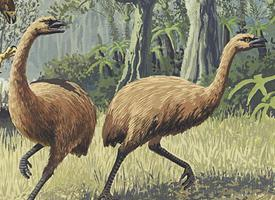
Weights and measures
| Length | from 11 to 15 mm |
|---|
State of endangerment
| Non Endangered |
Animal description
The German cockroach (Blattella germanica) is a small species of cockroach that is one of the most common and widely distributed domestic cockroaches across the globe. Typically light brown to tan in color, these pests are easily identifiable by the two dark, almost parallel stripes running from the back of their heads to their wings. Although they possess wings, German cockroaches are not adept at flying and prefer to run, which they do with considerable speed.Adult German cockroaches typically measure about 13 to 16 millimeters in length. Despite their small size, they are known for their resilience and ability to rapidly reproduce, traits that make them formidable pests in human dwellings. A single female can produce multiple egg cases, or oothecae, during her lifetime, each containing 30 to 40 eggs. This high reproductive rate is one of the reasons why German cockroach infestations can escalate quickly and be challenging to control.
German cockroaches are nocturnal creatures that prefer warm, humid environments close to food and water sources, making human homes, restaurants, hotels, and other establishments perfect havens for them. They are omnivorous scavengers, feeding on a wide variety of foods, including sweets, meats, and grease, but they can also consume household items such as soap and toothpaste in the absence of traditional food sources. Their diet flexibility further aids their survival in various conditions.
One of the most concerning aspects of German cockroach infestations is their potential to spread disease. These cockroaches are known carriers of numerous pathogens, including bacteria, protozoa, and viruses, which can contaminate food surfaces and utensils. Their presence can lead to the spread of diseases such as salmonellosis, gastroenteritis, and dysentery. Additionally, German cockroach feces, saliva, and shed skins can trigger allergic reactions and asthma in sensitive individuals, particularly in densely infested environments.
Controlling and eradicating German cockroach populations can be challenging due to their nocturnal nature, rapid reproduction, and ability to develop resistance to insecticides. Effective management often requires a combination of sanitation measures, such as eliminating food and water sources, sealing entry points, and employing traps and chemical treatments under the guidance of pest control professionals.
In conclusion, the German cockroach (Blattella germanica) is a small, yet formidable pest, known for its adaptability, rapid reproduction, and resilience. Its presence in human habitats poses significant health risks, making its control a priority in public health efforts. Understanding the biology and behavior of the German cockroach is crucial in developing effective strategies to combat and prevent infestations, ensuring safer and healthier living environments.
Similar Animals
New photos of animals
Top 10 animals
- Dolphin gull (Leucophaeus scoresbii)
- Diana monkey (Cercopithecus diana)
- Moustached guenon (Cercopithecus cephus)
- Galápagos tortoise (Geochelone nigra complex)
- Japanese macaque (Macaca fuscata)
- Stone loach (Barbatula barbatula)
- Russian tortoise (Testudo horsfieldii)
- Greek tortoise (Testudo graeca)
- Common flying dragon (Draco volans)
- Vendace (Coregonus albula)


